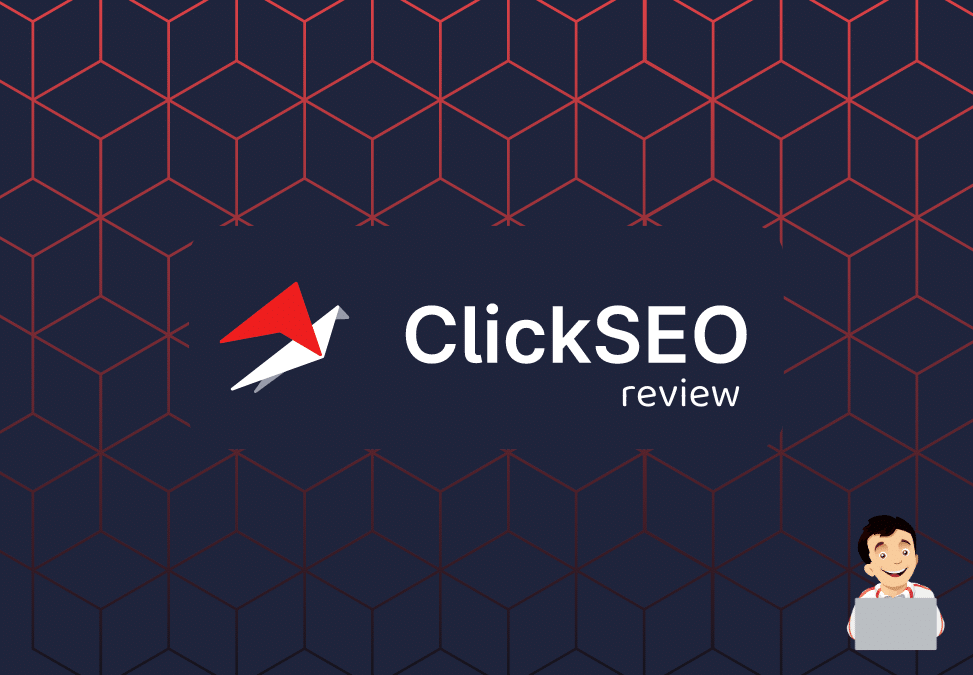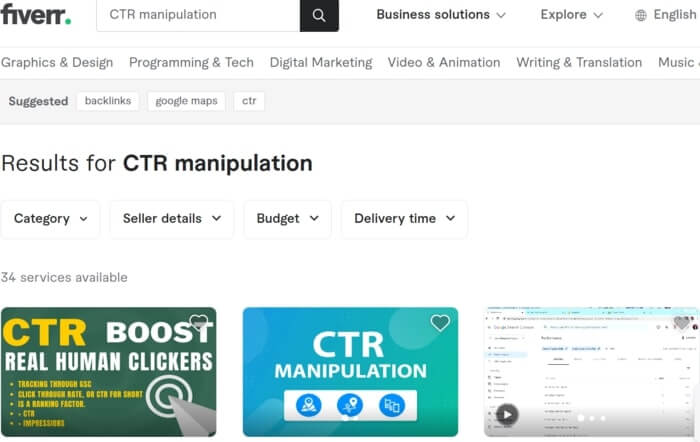Develop Buzz and Drive Traffic with a Strategic CTR Manipulation Press Release
Develop Buzz and Drive Traffic with a Strategic CTR Manipulation Press Release
Blog Article
Maximizing Organic Click-Through Fees With CTR Manipulation
The optimization of natural click-through prices (CTR) is a nuanced undertaking that pivots on recognizing both individual psychology and reliable web content presentation. The landscape is raging with mistaken beliefs and oversimplifications concerning what really drives CTR.
Understanding Click-Through Rates
Understanding click-through rates (CTR) is crucial for reviewing the effectiveness of internet marketing methods. CTR gauges the percent of individuals who click on a details web link or ad contrasted to the total number of customers that view it. A higher CTR shows that the web content is engaging and pertinent to the target market, while a reduced CTR might indicate a requirement for optimization.
To calculate CTR, split the number of clicks by the number of perceptions and increase by 100. As an example, if an ad receives 300 clicks out of 10,000 impacts, the CTR would be 3%. This statistics is vital for evaluating various aspects of electronic advertising, consisting of search engine optimization (SEO), email projects, and social networks advertising.
Moreover, analyzing CTR helps marketers determine which approaches produce the very best outcomes and which require improvement. By concentrating on boosting CTR, organizations can boost their material's presence and efficacy, bring about enhanced web traffic and potential conversions. Understanding the nuances of CTR is foundational for any kind of online marketer aiming to optimize their online presence and maximize return on financial investment (ROI)

The Psychology of Individual Behavior
User habits is considerably influenced by psychological variables that dictate just how individuals interact with on-line content. Recognizing these elements is important for optimizing click-through rates (CTR) in organic search engine result. Cognitive biases, such as the anchoring effect, play a vital function in shaping individuals' assumptions. Their initial perceptions can heavily affect their succeeding judgments concerning significance and trustworthiness. when users run into info.
Emotional feedbacks additionally substantially effect user actions. Content that resonates psychologically can cause a sense of seriousness or curiosity, triggering customers to click. Additionally, social proof-- such as individual testimonials or rankings-- can improve count on and motivate interaction, as individuals commonly seek to the actions of others to inform their own choices.
Moreover, the principle of deficiency can drive clicks - GMB CTR Manipulation. Limited-time deals or exclusive web content produce an anxiety of missing out on out (FOMO), compelling individuals to act swiftly. Comprehending these emotional vehicle drivers allows online marketers to develop more compelling web content that reverberates with their target market
Reliable CTR Adjustment Techniques
Leveraging emotional insights can substantially improve click-through prices (CTR) through targeted control methods. Among one of the most effective methods is the usage of compelling headings that stimulate interest or necessity. Phrasing titles as questions or incorporating numbers can attract more attention, prompting users to click.
An additional technique involves optimizing meta summaries to create a feeling of relevance and immediacy. By clearly detailing the benefits or solutions offered in the material, you can engage possible viewers and persuade them to click. In addition, using power words-- such as "unique," "verified," or "totally free"-- can enhance the allure of your material.
Aesthetic components also play an important duty. Integrating appealing images or thumbnails can draw users in and enhance CTR. A/B screening different visuals can assist recognize which photos reverberate ideal with your target market.
Lastly, making certain that your web content promises deliverable value results in greater CTR. When customers regard that clicking will certainly supply them with significant understandings or services, they are most likely to involve. By utilizing these strategies attentively, marketing experts can efficiently manipulate CTR to their advantage while preserving ethical standards.
Usual Myths About CTR
Several misunderstandings surround click-through prices visit the site (CTR) that can lead online marketers to make misguided choices. One widespread myth is that a greater CTR always equates to far better efficiency. While a high CTR suggests that even more customers are clicking, it does not guarantee sales or conversions. Ultimately, the effectiveness of website traffic depends upon the quality of the landing web page and the importance of the content.
An additional common belief is that CTR is a separated metric. Actually, CTR should be evaluated combined with other efficiency indications, such as bounce price and conversion rate, to gain an alternative sight of project success.
Additionally, some marketers presume that enhancing for CTR alone is adequate. Nonetheless, concentrating solely on CTR can cause clickbait strategies that might draw in clicks however stop working to engage individuals meaningfully. This strategy can hurt brand name track record and result in lower retention prices
Finally, there is a concept that CTR strategies are generally effective. The reality is that ideal CTR tactics can vary considerably throughout sectors and target market, necessitating tailored techniques for different market sections. Comprehending these myths is important for establishing reliable CTR methods that line up with overarching marketing goals.
Determining CTR Success
Although high click-through prices (CTR) can suggest effective engagement with web content, determining their true success needs a detailed evaluation of several factors. It is crucial to understand the context in which the CTR is attained. As an example, a high CTR on a deceptive title may not convert to significant interaction or conversions, eventually reflecting poorly on the brand name's integrity.
Second, assessing the source of web traffic over here is essential. Organic website traffic from internet search engine can indicate a robust content technique, while clicks from pointless sources might show a lack of targeting. Additionally, gauging the succeeding user habits is important; analyzing metrics such as bounce rate, time invested in web page, and conversion rates can provide much deeper understandings right into the high quality of the involvement started by the CTR.

Conclusion

The optimization of natural click-through prices (CTR) is a nuanced endeavor that pivots on understanding both customer psychology and effective content discussion. CTR measures the percentage of customers who click on a particular web link or promotion contrasted to the overall number of users that see it. A greater CTR shows that the material is involving and relevant to the target audience, while a lower CTR may signify a need for optimization.
Focusing specifically on CTR can lead to clickbait tactics that may draw in clicks but stop working to engage individuals meaningfully. Additionally, determining the subsequent individual habits is essential; assessing metrics such as bounce rate, time invested on page, and conversion rates can offer deeper insights into the high quality of the interaction started by the CTR.
Report this page